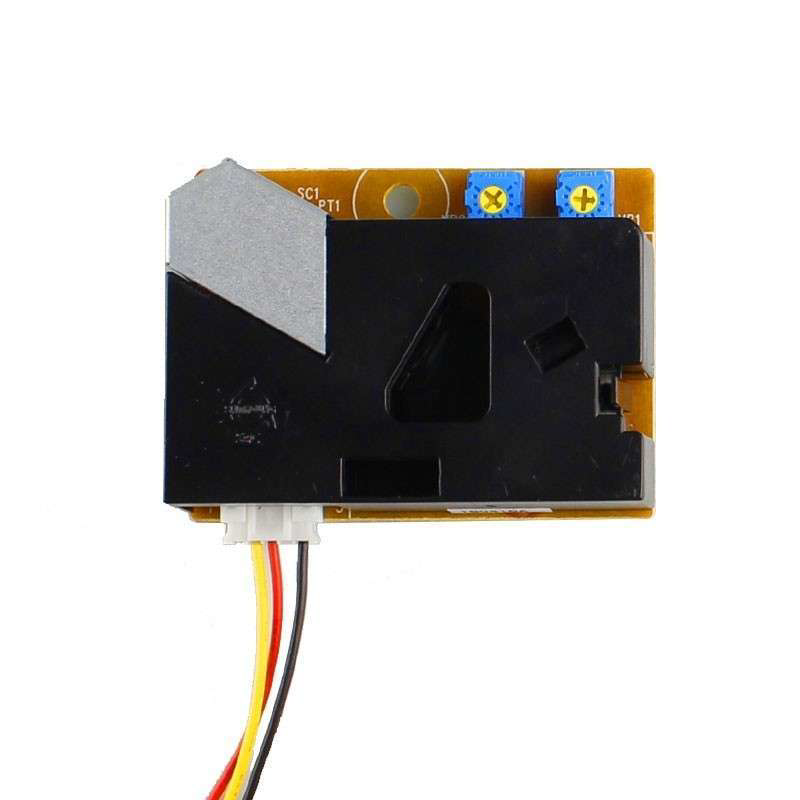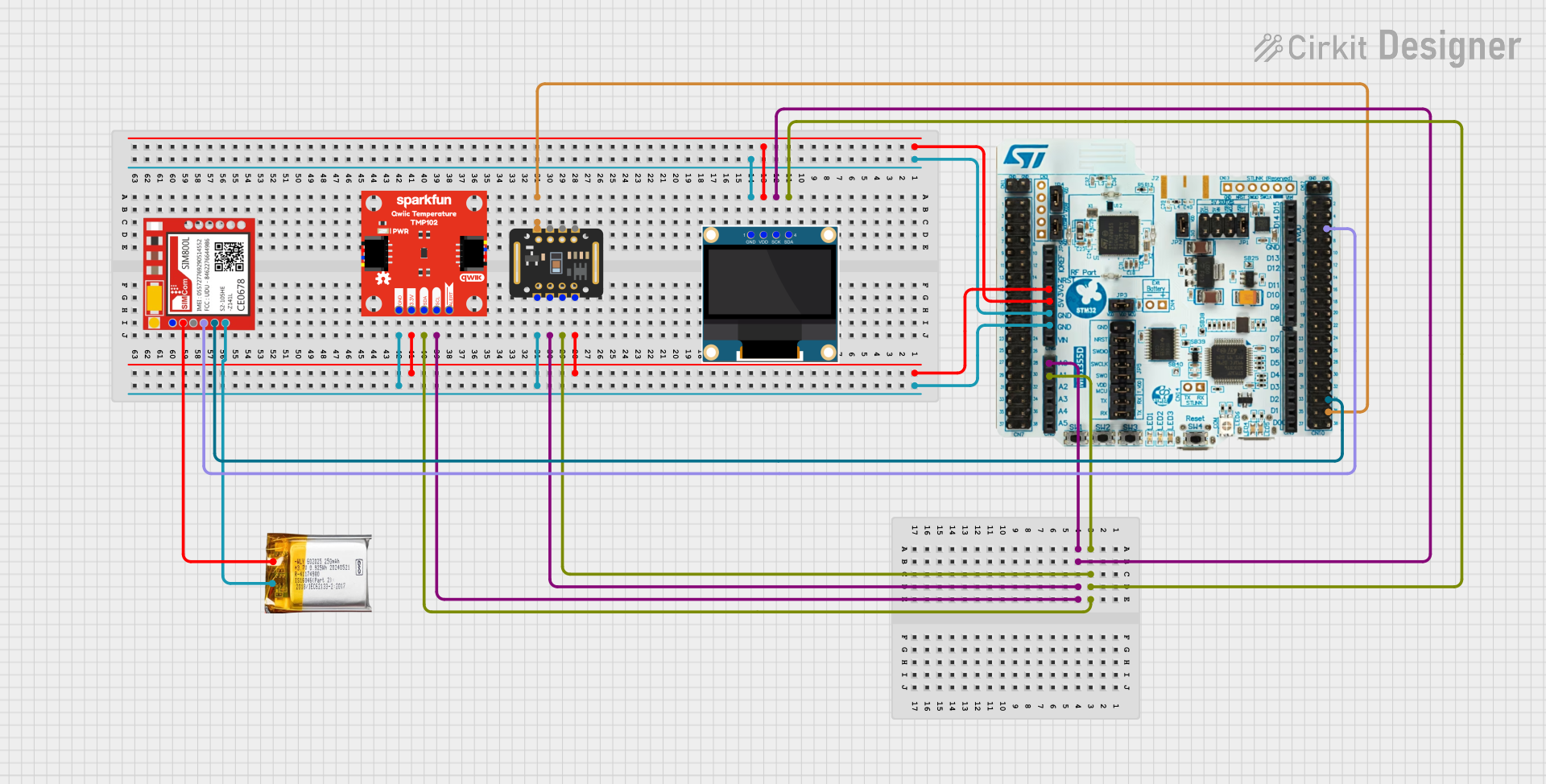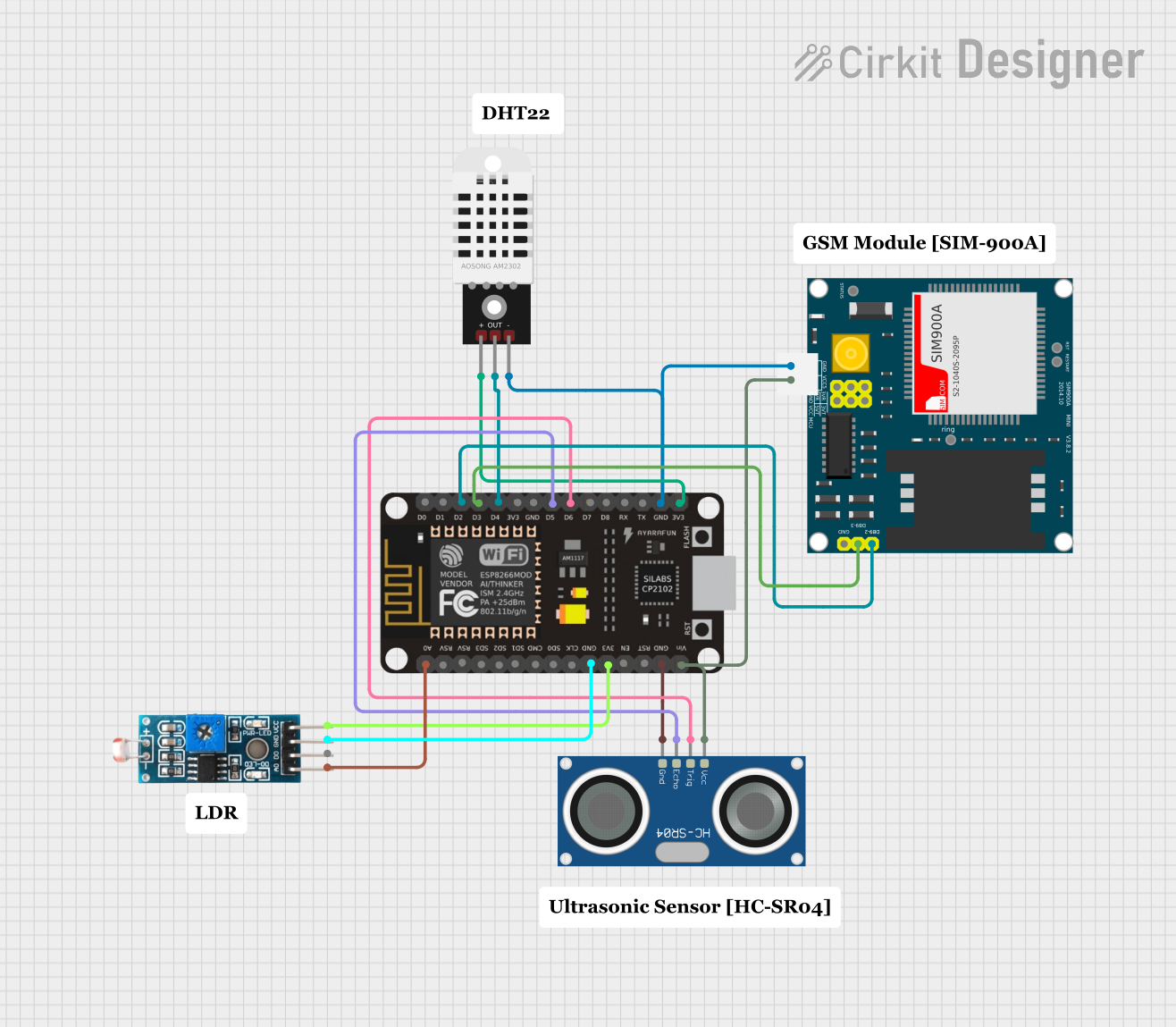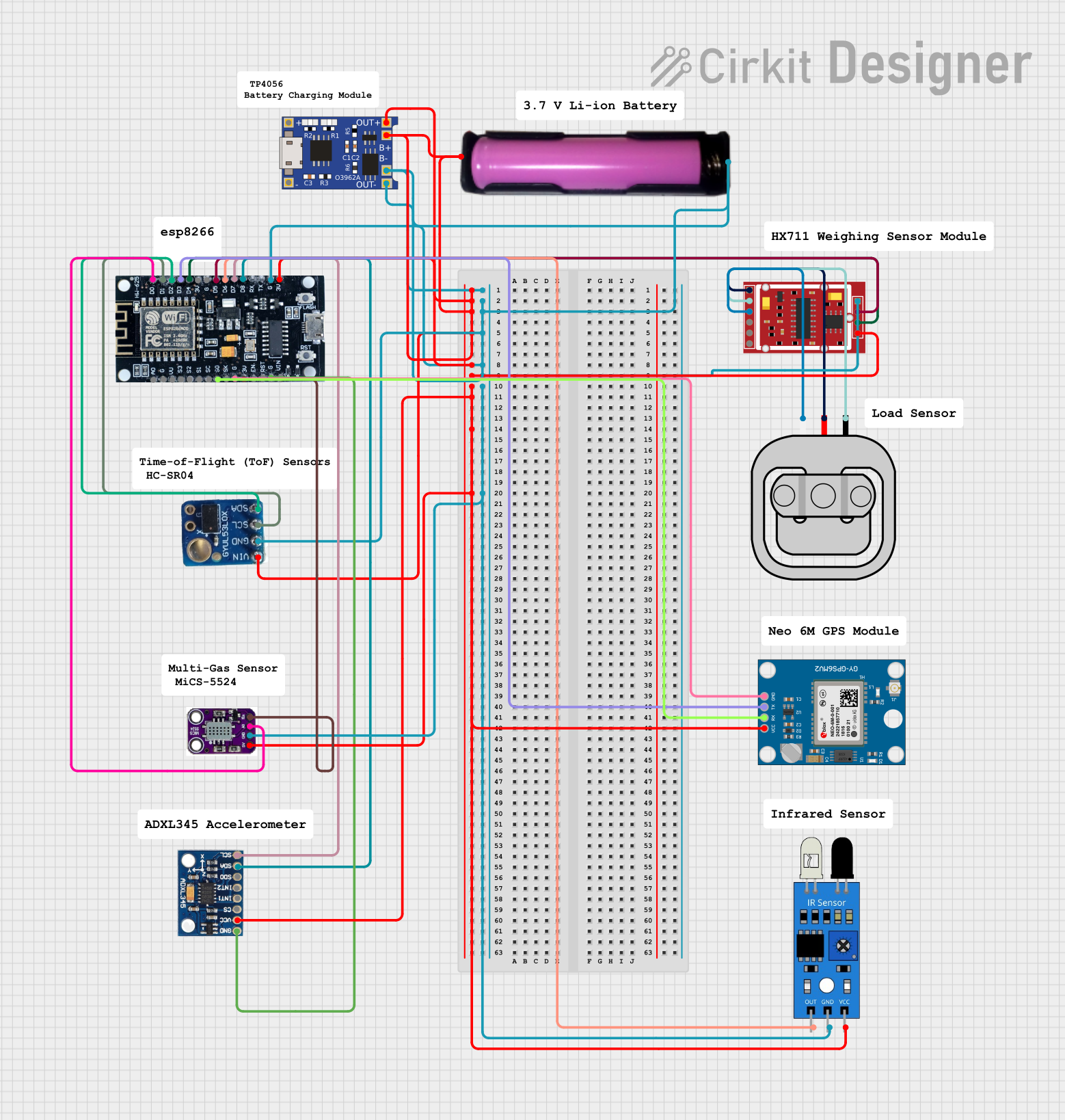
How to Use DSM501A sensor: Examples, Pinouts, and Specs

 Design with DSM501A sensor in Cirkit Designer
Design with DSM501A sensor in Cirkit DesignerIntroduction
The DSM501A sensor is a reliable and cost-effective device designed to detect fine particles in the air, making it an essential component for air quality monitoring systems. It is commonly used in residential and commercial environments to measure the concentration of particulate matter (PM), which can have significant health impacts. The sensor is capable of detecting a range of particle sizes, including those small enough to penetrate the lungs and enter the bloodstream.
Explore Projects Built with DSM501A sensor

 Open Project in Cirkit Designer
Open Project in Cirkit Designer
 Open Project in Cirkit Designer
Open Project in Cirkit Designer
 Open Project in Cirkit Designer
Open Project in Cirkit Designer
 Open Project in Cirkit Designer
Open Project in Cirkit DesignerExplore Projects Built with DSM501A sensor

 Open Project in Cirkit Designer
Open Project in Cirkit Designer
 Open Project in Cirkit Designer
Open Project in Cirkit Designer
 Open Project in Cirkit Designer
Open Project in Cirkit Designer
 Open Project in Cirkit Designer
Open Project in Cirkit DesignerCommon Applications and Use Cases
- Air purifiers and HVAC systems
- Environmental monitoring
- Indoor air quality assessment
- Smart home systems
- Health monitoring devices
Technical Specifications
Key Technical Details
- Operating Voltage: 4.75 - 5.25 VDC
- Current Consumption: 90 mA (typical)
- Output: PWM (Pulse Width Modulation)
- Particle Detection Range: 1 μm to 3 μm
- Operating Temperature Range: -10°C to +65°C
- Storage Temperature Range: -20°C to +80°C
- Humidity Range: 95% RH or less (non-condensing)
Pin Configuration and Descriptions
| Pin Number | Name | Description |
|---|---|---|
| 1 | VCC | Power supply (4.75 - 5.25 VDC) |
| 2 | GND | Ground connection |
| 3 | OUT | PWM output signal |
| 4 | NC | Not connected |
Usage Instructions
How to Use the Component in a Circuit
- Power Supply: Connect the VCC pin to a 5V power supply and the GND pin to the ground.
- Signal Output: Connect the OUT pin to a digital input on a microcontroller, such as an Arduino UNO, to read the PWM signal.
- Mounting: Ensure the sensor is mounted in a way that allows unrestricted airflow to the intake and exhaust areas.
Important Considerations and Best Practices
- Avoid exposure to high concentrations of organic solvents, chemicals, and oils.
- Prevent water or dust from entering the sensor to avoid damage.
- Allow the sensor to preheat for at least 1 minute for accurate readings.
- Calibrate the sensor periodically to maintain accuracy.
- Use a pull-up resistor if the signal line is long to prevent signal degradation.
Example Code for Arduino UNO
// DSM501A Particle Sensor Example Code for Arduino UNO
const int particleSensorPin = 2; // Connect DSM501A OUT pin to digital pin 2
void setup() {
pinMode(particleSensorPin, INPUT);
Serial.begin(9600);
}
void loop() {
unsigned long duration = pulseIn(particleSensorPin, LOW);
unsigned long lowPulseOccupancy = duration / 10; // Calculate Low Pulse Occupancy
float concentration = 1.1 * pow(lowPulseOccupancy, 3) - 3.8 * pow(lowPulseOccupancy, 2) + 520 * lowPulseOccupancy + 0.62; // Calculate particle concentration
Serial.print("Particle Concentration: ");
Serial.print(concentration);
Serial.println(" PPM");
delay(1000); // Wait for 1 second before the next reading
}
Troubleshooting and FAQs
Common Issues Users Might Face
- Inaccurate Readings: Ensure the sensor has preheated for at least 1 minute and is calibrated correctly.
- No Output Signal: Check the power supply and connections to the sensor. Ensure the OUT pin is connected to a digital input on the microcontroller.
- Erratic Readings: Verify that the sensor is not exposed to drafts or direct airflow that could affect the readings.
Solutions and Tips for Troubleshooting
- Preheat Time: Allow the sensor to stabilize by running it for at least 1 minute before taking readings.
- Calibration: Follow the manufacturer's guidelines for calibration to ensure accurate measurements.
- Clean Airflow: Regularly check and clean the sensor's intake and exhaust areas to prevent blockages.
FAQs
Q: Can the DSM501A sensor detect specific types of particles? A: The DSM501A sensor is designed to detect a range of particle sizes but does not differentiate between types of particles.
Q: How often should the sensor be calibrated? A: Calibration frequency depends on usage and environmental conditions. It is recommended to calibrate the sensor every six months or as required.
Q: Is the DSM501A sensor suitable for outdoor use? A: The sensor can be used outdoors but should be protected from water, excessive humidity, and direct sunlight to ensure accurate readings.